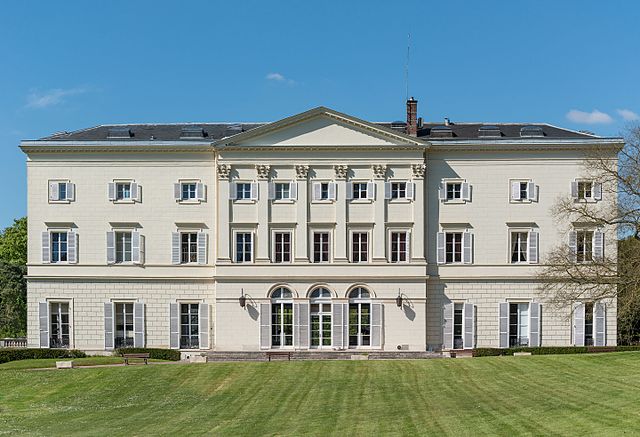Francisco I. Madero González was a Mexican businessman, revolutionary, writer and statesman, who served as the 37th president of Mexico from 1911 until he was deposed in a coup d'état in February 1913 and assassinated. He came to prominence as an advocate for democracy and as an opponent of President and de facto dictator Porfirio Díaz. After Díaz claimed to have won the fraudulent election of 1910 despite promising a return to democracy, Madero started the Mexican Revolution to oust Díaz. The Mexican revolution would continue until 1920, well after Madero and Díaz's deaths, with hundreds of thousands dead.
Francisco I. Madero, c. 1910–13
Hacienda del Rosario in Parras, birthplace of President Madero
Francisco Madero Hernández [es] and Thomas Edison
École des Hautes Études Commerciales de Paris, where Madero and his brother studied business.
The Ten Tragic Days during the Mexican Revolution is the name given to the multi-day coup d'état in Mexico City by opponents of Francisco I. Madero, the democratically elected president of Mexico, between 9-19 February 1913. It instigated a second phase of the Mexican Revolution, after dictator Porfirio Díaz had been ousted and replaced in elections by Francisco I. Madero. The coup was carried out by general Victoriano Huerta and supporters of the old regime, with support from the United States.
Rebel followers of Félix Díaz in the Mexico City YMCA during the coup against Madero
The National Palace, a target of the rebel artillery fire. There were dead bodies in the zócalo and the capital's streets.
Francisco I Madero arriving on the first day of the Decena Tragica 9 February 1913. Photographer Gerónimo Hernández.
The Belem Prison, Mexico City following the fighting in Mexico City February 1913



![Francisco Madero Hernández [es] and Thomas Edison](https://upload.wikimedia.org/wikipedia/commons/thumb/1/11/Mr._Francisco_Madero_Hernandez_Sr._and_Thomas_Edison_in_front_of_the_Building_5_entrance_at_Edison%27s_West_Orange_Laboratory._%28eea201b06e1b4f57af2a2a5121e86e2a%29.jpg/463px-Mr._Francisco_Madero_Hernandez_Sr._and_Thomas_Edison_in_front_of_the_Building_5_entrance_at_Edison%27s_West_Orange_Laboratory._%28eea201b06e1b4f57af2a2a5121e86e2a%29.jpg)




